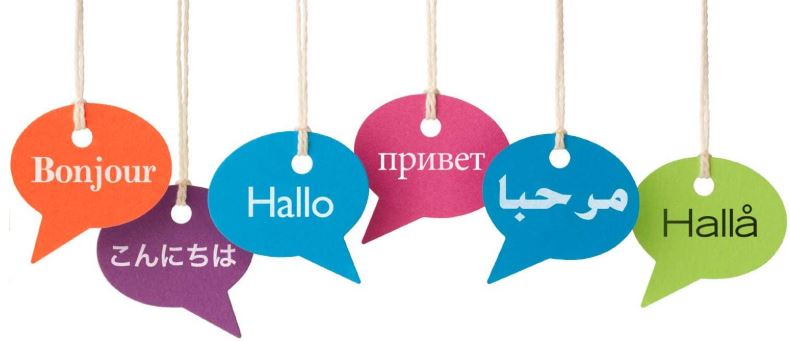
As a business owner, you know the importance of reaching out to as many potential customers as possible. However, experts like Richard Rakowitz in New York, NY, say marketing can be tricky if your business operates in multiple languages. How do you ensure all your marketing materials are translated accurately and reach the right audience? Keep reading for some tips on effective multilingual marketing!
Why It’s Important To Market In Multiple Languages
When you market in multiple languages, you’ll be able to reach a larger audience of potential customers. This is especially important if you’re trying to break into new markets or expand your business into new territories.
Additionally, Richard Rakowitz says marketing in multiple languages shows that you respect other cultures and care about meeting the needs of multilingual customers. This can help you build trust with potential customers and establish yourself as a credible source of information.
Finally, marketing in multiple languages can help you improve your search engine optimization (SEO) and make it easier for people to find your website and content. This is because search engines can index your content in more than one language, making it more likely to appear in search results.
The Benefits of Marketing in Multiple Languages
Marketing in multiple languages has several essential benefits. Perhaps most importantly, it allows you to reach a larger audience. There are more than 7,000 languages spoken worldwide, so by marketing in just two or three additional languages, you can open your business up to a whole new group of potential customers.
In addition to reaching a larger audience, marketing in multiple languages also shows that you respect other cultures and care about meeting the needs of multilingual customers. This can help you build trust with potential customers and establish yourself as a credible source of information. Finally, marketing in multiple languages can help you better understand your market and gain insights into how customers from different cultures interact with your product or service.
How To Get Started
Richard Rakowitz says if you’re interested in marketing your business in multiple languages, there are a few ways to get started. First, you’ll need to develop high-quality translation and localization services. This can be done by working with a professional translation agency or hiring in-house translators.
Additionally, you’ll need to ensure that your website and other marketing materials are designed for a global audience. This means using clear and concise language, avoiding culturally specific references, and providing multilingual customer support.
Getting started with marketing in multiple languages can seem daunting, but the potential rewards are well worth the effort. By taking the time to reach out to multilingual customers, you can open up your business to a whole new world of opportunity.
To Outsource Or Not To Outsource Your Translation And Localization?
Regarding translation and localization, businesses have a few different options. One option is to outsource these services to a professional agency. This can be an excellent solution for companies that don’t have the time or resources to handle the translation and localization process themselves.
Another option is to handle the process in-house. This can be a good solution for businesses with the staff and resources to dedicate to translation and localization.
There are pros and cons to outsourcing and handling translation and localization in-house. Ultimately, the best solution will depend on the specific needs of your business.
If you’re considering outsourcing your translation and localization, there are a few things to remember. First, you’ll need to find a reputable and reliable agency to work with. Make sure to get quotes from multiple agencies before making a decision.
Richard Rakowitz says you’ll also need to provide the agency with clear and concise instructions for how you want your materials to be translated. This includes providing any glossaries or style guides that you may have.
Finally, you’ll need to be available to answer any questions the agency may have about your project. Once the project is complete, review the translations carefully to ensure they meet your expectations.
If you’re considering handling translation and localization in-house, there are a few things to keep in mind. First, you’ll need to ensure that you have the staff and resources to dedicate to the project.
You’ll also need to develop clear and concise instructions for how you want your materials to be translated. This includes providing any glossaries or style guides that you may have.
Finally, you’ll need to be available to answer any questions your team may have about the project. Once the project is complete, review the translations carefully to ensure they meet your expectations.
Marketing in multiple languages can be a great way to expand your business and reach new customers. However, it’s essential to carefully consider your options before getting started. If you’re unsure whether to outsource or handle the process in-house, get quotes from agencies and in-house teams to see which option is best for your needs. Whichever route you choose, provide clear and concise instructions to ensure that your materials are translated accurately.
You may be interested in: How To Translate Your Business Website

